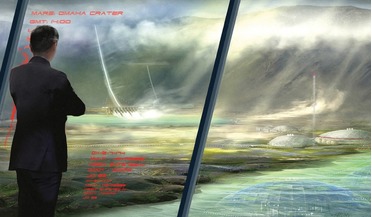 April 2018
Developing Mars
April 2018
Developing Mars
... ground. By similar reasoning spacefaring organisations will have financial incentive to purchase provisions from Omaha Crater greenhouses and other industries. Facility leasing and provisioning can provide multibillion-dollar revenue streams for the...
 March 2015
JAXA’s challenge to climate change
March 2015
JAXA’s challenge to climate change
... mainly in industrialized countries in the Northern hemisphere and absent in the Southern hemisphere or over oceans. GOSAT The Greenhouse Gases Observing Satellite (GOSAT) was launched in 2009 as the world’s first satellite to monitor CO2 and methane...
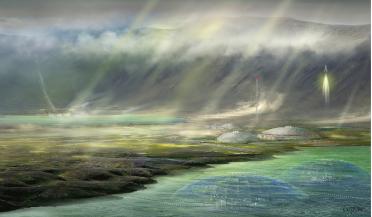 April 2024
Terraformal dreaming
April 2024
Terraformal dreaming
... of a planet in the image of Earth. At first, humans on Mars would need to live in underground bunkers, grow food in inflatable greenhouses, figure out how to manufacture things in 37 percent gravity, and send rovers to find water and metal deposits...
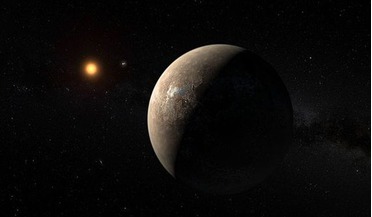 28 August 2016
How habitable is Proxima b?
28 August 2016
How habitable is Proxima b?
... is its ability to hang on to all of its volatiles – not just water – but also non-condensible gases (with a greenhouse effect or not) to prevent the formation of a cold-trap on the planet’s surface. To do this, a planet would need an appreciable...
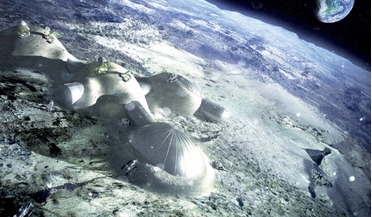 October 2018
Sustainable ways of living on the Moon and Mars
October 2018
Sustainable ways of living on the Moon and Mars
...from PV panels on the lunar surface would allow for greenhouse crop growth across the year from a permanently lit ...stranded on Mars in The Martian he plants potatoes in a greenhouse using Martian soil and his own ‘metabolic waste’. Many researchers ...
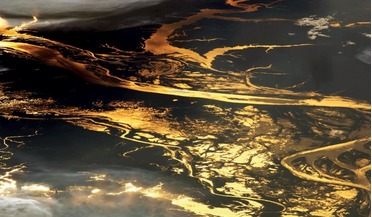 November 2018
Monitoring illegal rainforest deforestation
November 2018
Monitoring illegal rainforest deforestation
... Barber, Mark A. Cochrane, Carlos M. Souza & William F. Laurance; Biological Conservation 177 (2014) 203–209) 2 Deforestation and Greenhouse Gases, a study by the Congressional Budget Office of the Congress of the United States, January 2012; cbo.gov...